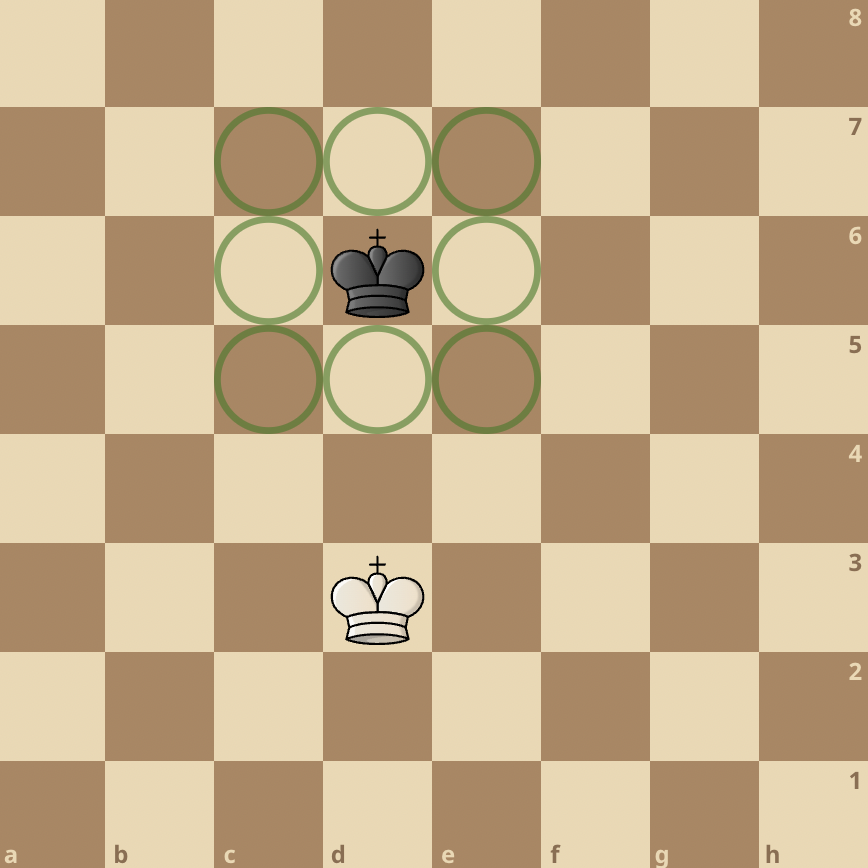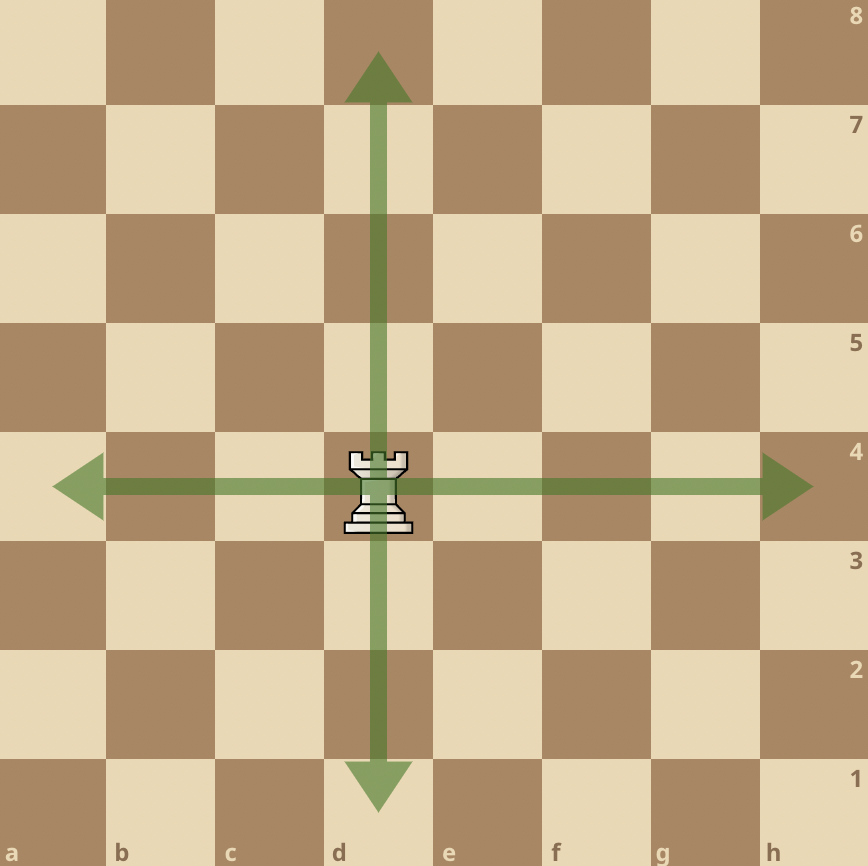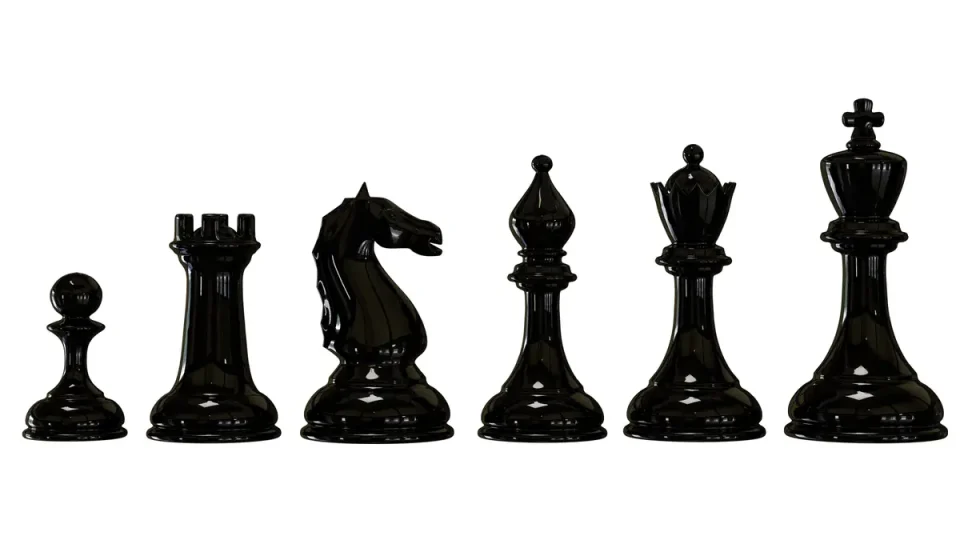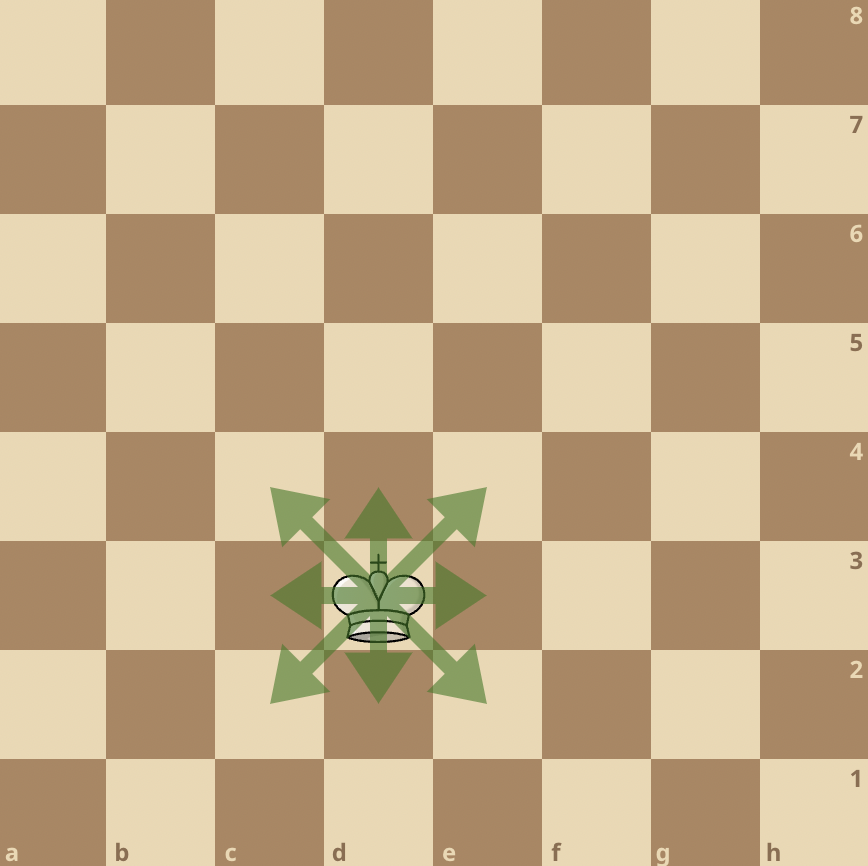In chess, the king is the most important piece on the board.
It can move one square in any direction, but it cannot move into a square that is under attack by an enemy piece.
The king is also the only piece that cannot be captured. However, it can be checkmated, which means that it is under attack and has no legal move to escape the attack.
Now, to answer your question, a king cannot kill another king in chess.
The rules of the game prohibit a king from directly attacking another king, ensuring a fair and engaging gameplay experience.

If it were possible to capture an opponent’s king with your king, your king will have to be in check first from the opponent’s king who is in capturing range, then you capture the opponent’s king immediately after the check.

You’ve probably realized now that this imagined scenario makes no sense because it breaks a lot of chess rules.
Capturing an opponent’s king would be an illegal move since your king would be strolling into a check. Meanwhile the rules of chess states that when your king is on a check, you must immediately move it out of check or guard it on your next move.
So, as you can see, you’ll have to move twice, which is not allowed in the rules of chess.
We hope you get this explanation.
Even if we assume that chess rules allows you to play twice, capturing your opponent’s king is still considered illegal because the king is meant to be checked or checkmated, not captured.
A king can indirectly checkmate another king by either castling or moving the king away from the way of the attacking chess piece.
So, in a situation where only the kings are left on the chessboard, you can comfortably call that a DRAW.
What Does It Mean When Your King Is On Check?
Putting the king in check signifies that the king is in danger of being captured on the opponent’s next move.
But of course, your opponent can not actually “capture” the King. This is because the rule of chess demands you to protect your King after a check.
A chess game ends immediately the king is checkmated or trapped.
A check on the other hand occurs when the king is in danger but has ways to get out of the attack. In a checkmate, there’s just no legal ways to get out of it.
We recommend these additional resources for further study:







join the conversation